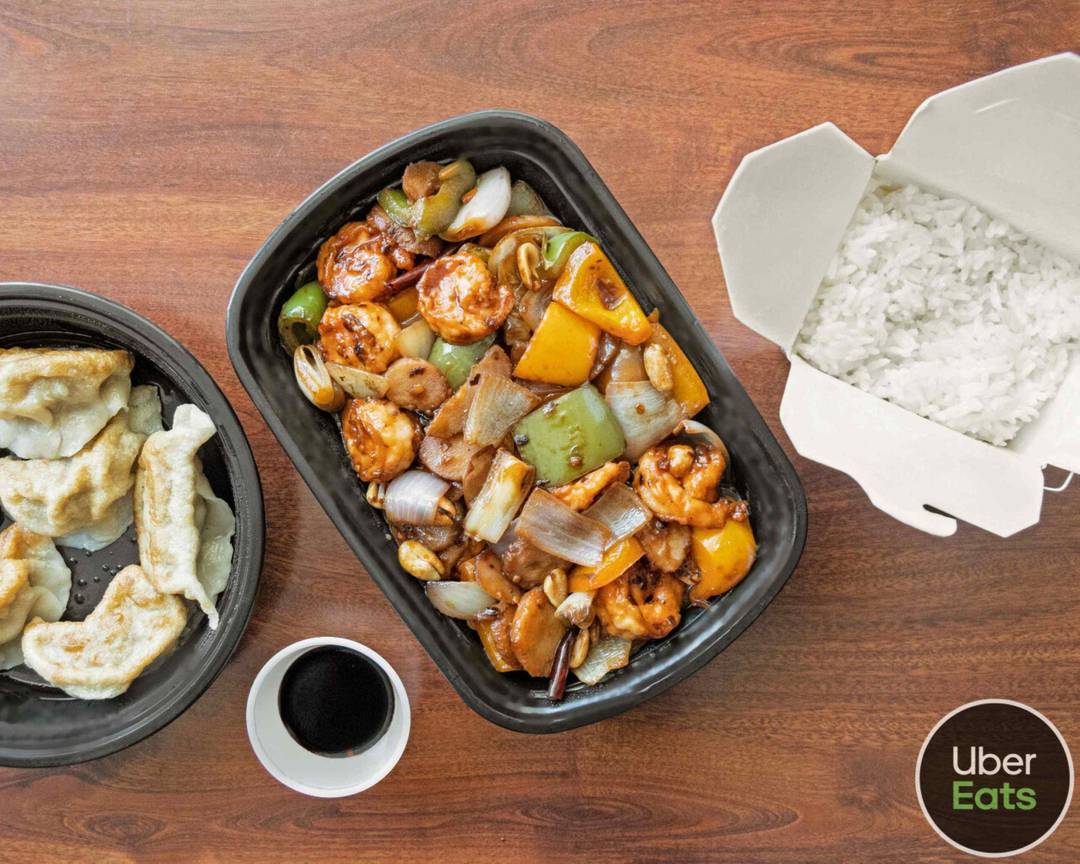Alright, so I decided to tackle making a menu for a dumpling seafood restaurant. Sounds straightforward, right? You just list the food. Man, was I in for a bit of a ride.

My First Messy Thoughts
First thing I did was just jot down every single dish idea that popped into my head. It was a huge, messy list. I had dumplings next to whole steamed fish, next to some weird fusion idea someone suggested. It looked more like my weekly shopping list than a menu. My buddy, who fancies himself a bit of a foodie, kept saying, “You gotta have fancy descriptions!” But I just wanted people to know what they were getting, you know?
Getting Down to Business: The Actual Steps
So, I chucked that first list and grabbed a fresh piece of paper. This time, I tried to be more organized. I thought, okay, what are the main things people come for?
- Dumplings, obviously. So, I made a section for that. Listed out the classics: pork and chive, shrimp, veggie. Wrote down if they were steamed, pan-fried, or in soup. Kept the descriptions super simple, like “Juicy pork and chive dumplings, 6 pieces.” No fluff.
- Then, Seafood. This was a big one. I broke it down further: fish, shrimp, crab, squid. For each, I thought about how we’d cook it. Steamed fish with ginger and scallion? Salt and pepper shrimp? Garlic butter crab? Again, straightforward names and a quick note on the preparation.
- Appetizers and Sides. Couldn’t forget things like spring rolls, some cold dishes, maybe some stir-fried greens, and of course, rice. These are the things people add on.
- Drinks. Basic stuff: sodas, tea, maybe a couple of beers.
Trying to Make it Look Okay
Once I had all the items and basic descriptions, I needed to make it look like an actual menu. I’m no designer, believe me. I just opened up a simple word processing program on my computer.
I put Dumplings in a slightly bigger, bold font. Did the same for Seafood Specials, Appetizers, and Drinks. I tried to make sure there was enough space between items so it wasn’t all crammed together. Readability was key. I even thought about putting a little box around our “Chef’s Recommendations” but decided to keep it even simpler for the first version.
Pricing was another thing. Had to go through each item, figure out costs, and put a price that seemed fair. I just put the prices right next to the dish names. Nice and clear.
The “Final” Thing (For Now)
So, after a few hours of fiddling with fonts, spacing, and rereading everything a dozen times to catch typos, I had something that looked like a menu. It wasn’t fancy. No glossy pictures, no crazy graphics. Just black text on white paper, really. But it listed all our food in a way that, hopefully, made sense.
I printed out a few copies. Handed one to my wife. She looked at it, nodded, and said, “Yeah, I can order from this.” That was pretty much the best compliment I could ask for at that point. It wasn’t perfect, and I knew we’d probably change it a bunch of times later, but it was a start. We had a menu, and we could actually start serving people. Sometimes, just getting it done is the most important part.






